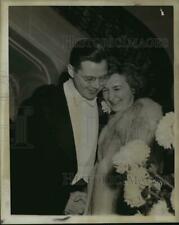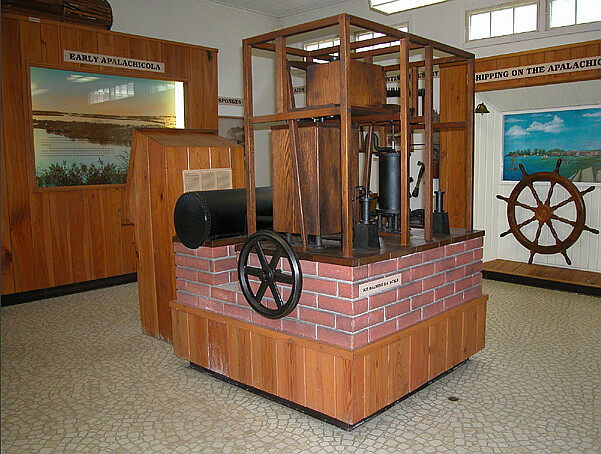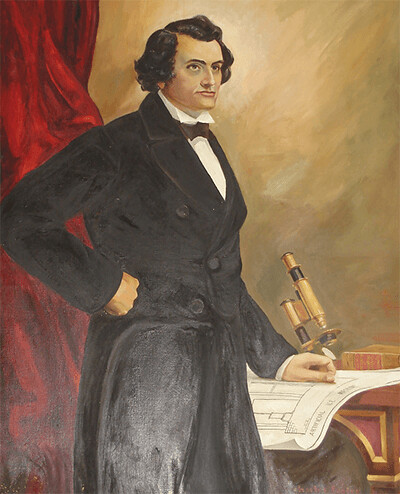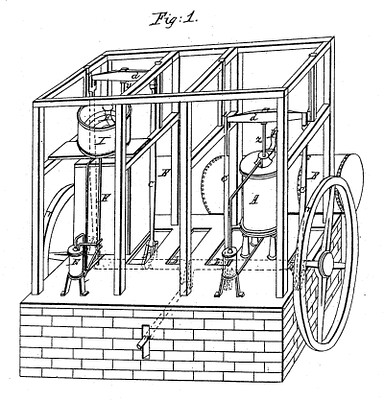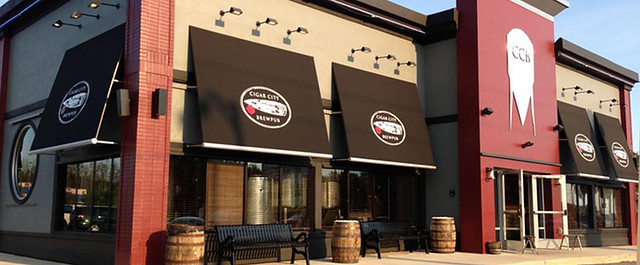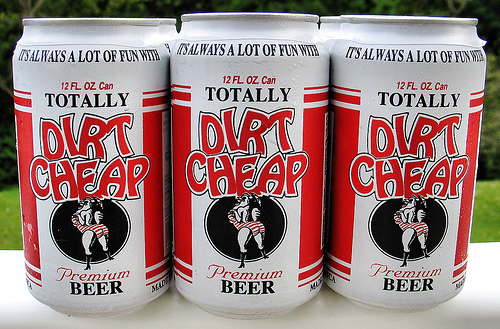
Today is the birthday of Herman Alfred Uihlein Jr. (November 29, 1917-February 27, 2008). He was the son of Henry Uihlein II, and was the great-grandson of Henry Uihlein, who for many years was the president of the Joseph Schlitz Brewing Company early in the 20th century. Herman Jr. served on the board of Schlitz for 40 years.
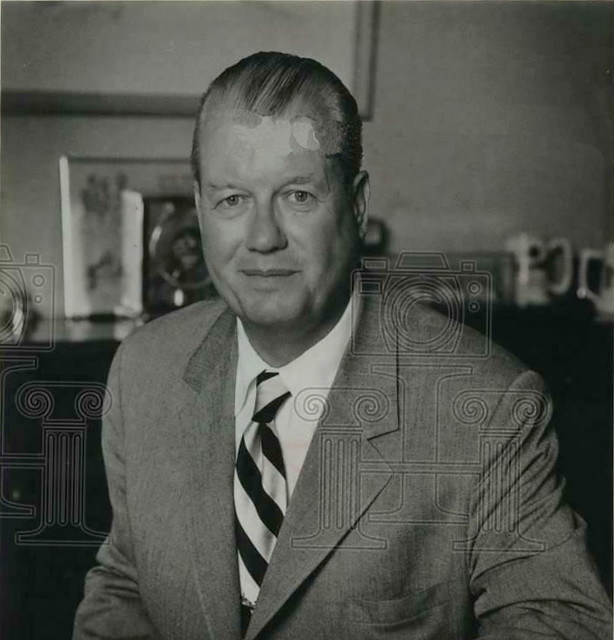
Here’s an obituary of Uihlein from the Milwaukee Journal Sentinel:
Uihlein, Herman Alfred Jr. Of Mequon. Passed away on Wednesday, February 27, 2008, age 90. He was born in Milwaukee on November 29, 1917 and maintained homes in Mequon and Naples, FL. He was a third generation descendant of the founders of the Jos. Schlitz Brewing Company and a grandson of Henry Uihlein, who was President of Schlitz from 1875 to 1917. Mr. Uihlein served on the Schlitz Board for 40 years. He was preceded in death by his wife of 60 years, Nancie Dauer Uihlein, in 2005. Surviving are their children, Herman A. III of Del Mar, CA, Peter (Pam) of Mequon, George (Susan) of Grafton and Linda of Charlottesville, VA. He is also survived by four grandsons, P. Timothy, Mattson, Justin and G. Andrew. Further survived by his sister, Virginia U. Martin of Bozeman, MT and his brother, Henry H. Uihlein of Milwaukee. Mr. Uihlein was President of Ben-Hur Mfg. Co. and Vice President of QuicFreeze, Inc. in Fond du Lac, WI. from 1940 to 1950. During WWII he converted Ben-Hur to the manufacturing of supply trailers and fire engines for the military. Following the war both plants reverted to the production of domestic freezers and refrigerators. In 1954, Mr. Uihlein retired from both companies and joined the brokerage firm of Thomson & McKinnon as a partner for 30 years. He was active in supporting the Boy Scouts of America, the Easter Seals Society, the American Red Cross and the Community Fund. Mr. Uihlein attended Milwaukee Country Day School and graduated from Cranbrook School of Bloomfield Hills, MI. and attended Cornell University where he was a member of Chi Psi Fraternity. He enjoyed many years of skiing, hunting, fishing, golf and travel.

